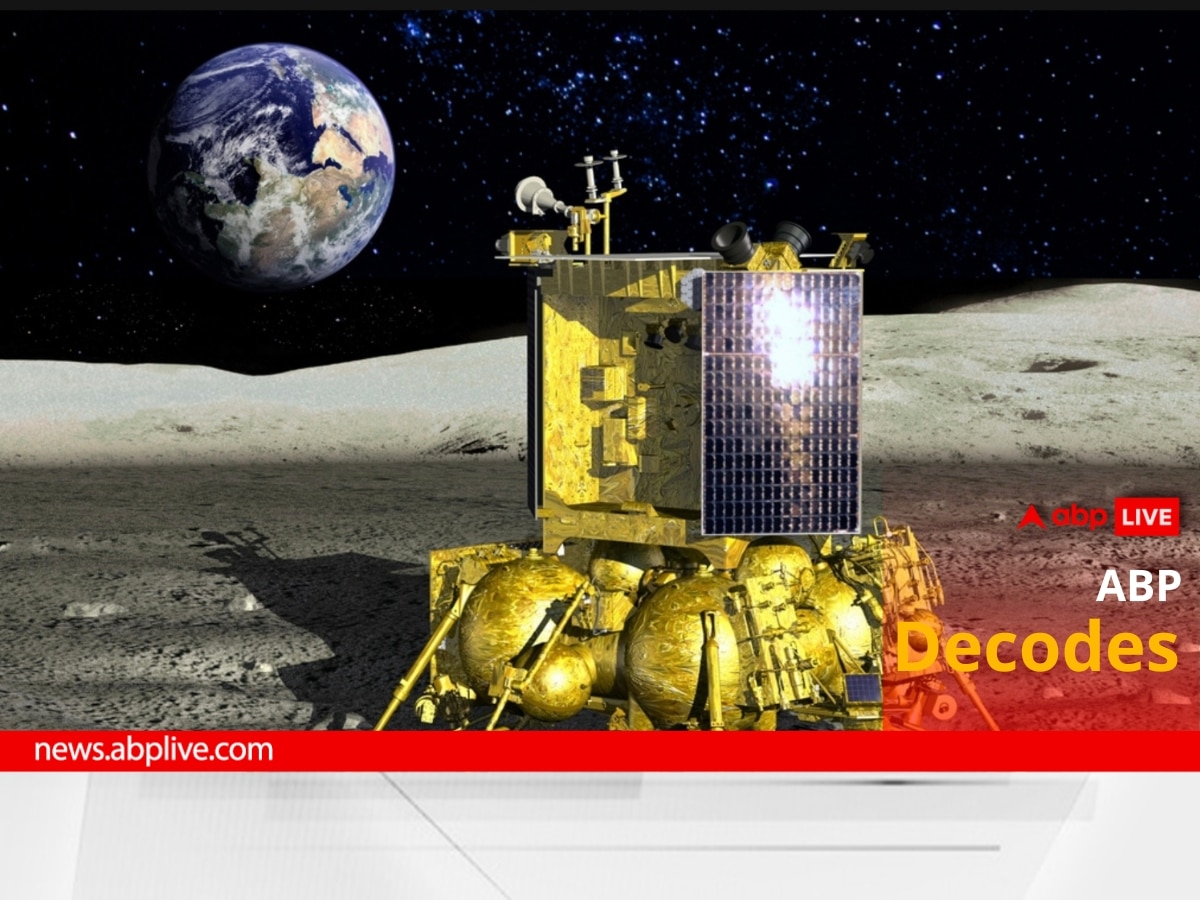Luna 25, the first lunar exploration mission of modern Russia, is on its way to the Moon after Roscosmos launched it from Vostochny Cosmodrome, Russia. Luna 25 is the first Soviet lunar exploration spacecraft to be launched in 47 years. Luna 24, which took off into space in 1976, was the last Soviet lunar exploration spacecraft to be launched. A Soyuz rocket equipped with a Fregat booster launched Luna 25, also known as the Luna-Glob-Lander, on August 10, 2023, at 23:10 UTC (August 11, 2023, at 4:40 am IST). Russia aims to land Luna 25 on the Moon's south pole.
Apart from the fact that Luna 25 is modern Russia's first lunar exploration mission, the most interesting point about the Soviet lunar exploration mission is that the spacecraft is expected to land on Moon's south pole on August 21, two days before the landing date of Chandrayaan-3. The country whose spacecraft lands the coveted spot first will become the first nation in the world to make their spacecraft land on the Moon's south pole. As a result, a space race has ensued, and people are wondering which spacecraft will be the first to land on the Moon's south pole.
ABP Live spoke to Manish Purohit, a former ISRO scientist, and asked him about the potential scenarios for the landing of Luna 25 and Chandrayaan-3. He explained that the possible landing dates of Luna 25 range from the 10th to the 12th day of the mission.
“With several potential landing sites in mind, the final decision for Luna-25's touchdown location will be influenced by the intricacies of its trajectory and the lunar terrain it encounters. As a result, the exact landing date remains undecided, with possibilities ranging from the 10th to the 12th day of its mission,” Purohit said.
Luna 25: Scientific Goals, Payloads And Their Functions
Luna 25 is an 800-kilogram lander. The mass of the spacecraft at launch was about 1,750 kilograms, because the propellant mass was about 950 kilograms.
Luna 25's two scientific goals are to study the composition of the polar regolith, and to analyse the plasma and dust components of the lunar polar exosphere. The base of Luna 25 has four legs and contains the landing rockets and propellant tanks. The spacecraft has an upper compartment which carries communication equipment, science apparatus, solar panels, and on-board computers.
ALSO READ | Russia Launches Luna 25, First Soviet Lunar Exploration Mission Since 1976. Know When It Will Land On Moon
The 1.6 metre-long Lunar Robotic Arm of the lander is designed to remove and collect regolith on the lunar surface to depths of 20 to 30 centimetres. Also known as the Lunar Manipulator Complex, the robotic arm is equipped with a scoop whose volume is 175 cubic centimetres, and a sample acquisition tool, which is a 4.7 centimetre-long tube with an internal diameter of 1.25 centimetres.
The arm, which weighs 5.5 kilograms, has four degrees of freedom, uses 30 W nominal power, and 50 W maximum power, according to NASA.
Luna 25 carries a total of eight scientific experiments: ADRON-LR, ARIES-L, LIS-TV-RPM, LASMA-LR, PML detector, STS-L, THERMO-L, and a laser retroreflector panel.
ADRON-LR, a gamma ray and neutron spectrometer, will study the lunar surface regolith. A spectrometer is a device that measures the variation of a physical characteristic, say electromagnetic radiation, over a range.
ARIES-L will detect charged particles and neutrals in the polar ecosphere; LASMA-LR, a mass spectrometer, will measure the composition of regolith samples using the LRA; THERMO-L will study the thermal properties of the regolith; LIS-TV-RPM is an infrared spectrometer that will measure surface water and hydroxides; the PML is a detector that will study dust in the polar ecosphere; and STS-L is a panoramic and local imaging system. Luna 25 will transmit data back to Earth at a rate of four megabits per second.
Luna 25: Launch To Landing
About 564 seconds after launch, the Fregat booster separated from the third stage of the Soyuz rocket, Russian news agency TASS reported. Luna 25 is expected to reach lunar orbit on August 16, about 5.5 days since launch.
An hour after being launched, Luna 25 left Earth orbit. While the previous tentative landing date of Luna 25 was August 23, which is also the landing date of Chandrayaan-3, Yuri Borisov, Director-General of Roscosmos, announced after the launch that the lunar lander is expected to land on the Moon on August 21.
Luna 25 will spend between three and seven days in lunar orbit, about 100 kilometres above the lunar surface, before attempting lunar landing. The spacecraft aims to touch down in a region of the Boguslavsky crater. The alternative sites are Manzinus and Pentland-A craters. According to NASA, the main landing site, in the lunar south pole, is at 69.545 S, 43.544 E, north of Boguslavsky crater.
Luna 25 is expected to perform scientific experiments such as studying surface regolith and exospheric dust and particles on the lunar surface for one year.


